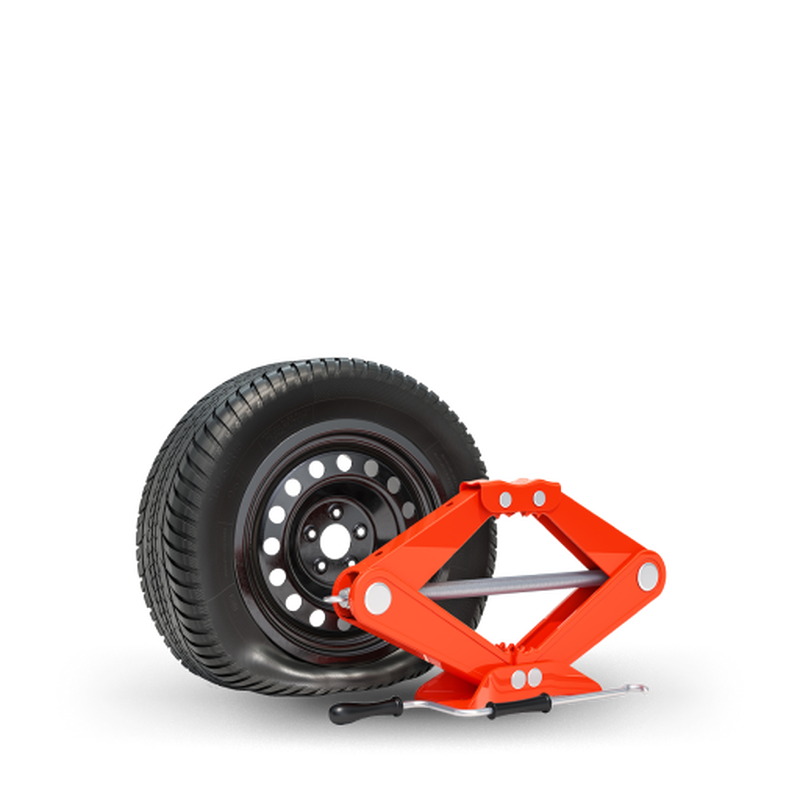Open Performance: Professional GMC Tire Service at Morris Tires
Open Performance: Professional GMC Tire Service at Morris Tires
Blog Article
Tire Solution: The Effect of Weather
When it concerns ensuring optimum efficiency and safety when driving, recognizing the effect of climate condition on tire solution is crucial. From scorching heat to icy roadways, each weather condition element can substantially influence tire capability and general driving experience. By diving right into the impacts of varying weather condition problems on tires, drivers can acquire useful understandings that might boost their lorry's performance and long life. In this conversation, we will certainly check out the elaborate relationship between weather and tire service, clarifying the relevance of weather-specific tire upkeep methods and considerations.
Warmth and Tire Performance
When exposed to high temperature levels, tires experience adjustments in efficiency that can substantially impact vehicle security and handling. The heat produced from long term driving or hot weather condition conditions causes the tire rubber to soften, causing lowered tread life and enhanced wear. As the rubber ends up being softer, the tire's grip on the roadway reduces, influencing stopping ranges and general traction. In severe situations, too much warm can even create tire blowouts, positioning a severe security danger to the lorry and its passengers.
Winter Impacts
Cold weather problems can have a substantial impact on tire efficiency and security. In cold climate, tires might likewise shed air pressure a lot more rapidly, which can influence taking care of and gas efficiency.
To mitigate the impacts of winter on tires, it is crucial to frequently inspect tire pressure and inflate them to the supplier's advised levels. Utilizing winter or all-season tires made for cool climate problems can additionally boost traction and hold on icy or snowy roads. Appropriate tire maintenance, consisting of routine evaluations for wear and damages, becomes much more important during colder months to guarantee ideal performance and safety.
Rainy Issues Impact
Throughout wet conditions, tire efficiency and safety can be substantially influenced by the damp roadway surfaces and reduced exposure. The step pattern of tires plays a critical duty in preserving traction on damp roadways. Tires with damaged footsteps are a lot more prone to hydroplaning, where a layer of water develops between the tire and the road surface, bring about loss of grip. To combat this, drivers ought to regularly examine their tires for sufficient walk depth and consider purchasing tires especially made for wet conditions.
Moreover, wet weather can also reduce exposure, making it challenging for vehicle drivers to see the road in advance plainly (GMC Tire Service). In such problems, it is necessary to adjust driving speeds as necessary and preserve a secure adhering to distance to permit abrupt quits. Correctly filled with air tires can likewise aid in maintaining control on damp roads by giving much better handling and hold
Snow and Tire Security
Snow-covered roadways present special difficulties for motorists, highlighting the significance of appropriate tire option and maintenance. When driving in snowy problems, having the right tires can make a substantial distinction in safety and efficiency. Winter season tires are designed with unique rubber substances and tread patterns to supply far better grip on snow and ice compared to all-season tires. The deeper footsteps and sipes of wintertime tires assist grasp the road better, lowering the risk of sliding and gliding.

It is crucial to follow producer directions when utilizing and mounting tire chains to stop damage to the tires and car. By picking the ideal tires, maintaining proper rising cost of living, and thinking about extra grip aids like tire chains, motorists can enhance their safety when navigating snow-covered roads.
Weather-Related Tire Maintenance
Weather-related tire upkeep includes a variety of practices intended at making certain optimal tire function and long life in various weather condition scenarios. One crucial aspect of weather-related tire upkeep is tire pressure policy. Checking tire walk consistently and changing tires when walk wear gets to a specific depth is important for keeping grip and stability in negative weather.
Final Thought
In final thought, weather conditions have a substantial effect on tire performance and safety and security. From heat affecting tire pressure and use to cold climate lowering traction, it is vital to take into consideration the climate when keeping and making use of tires.
In this discussion, we will certainly explore the complex connection between climate conditions and tire solution, shedding light on the significance of weather-specific tire upkeep practices and factors to consider.

Report this page